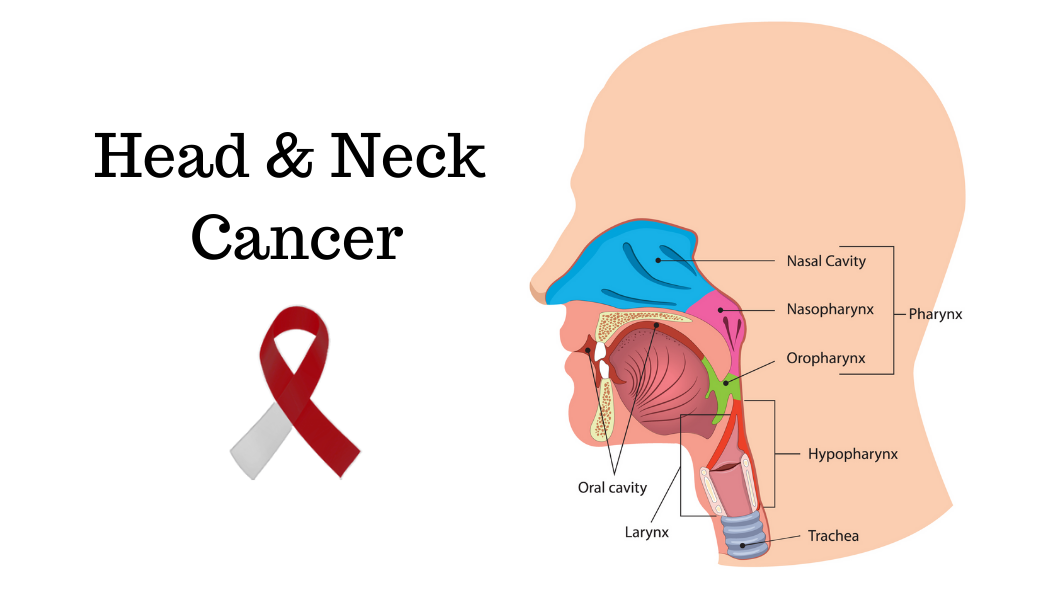Management of Head and Neck Cancer

The most prevalent types of cancer in developing nations are head and neck malignancies. Although these tumours are extremely rare, head and neck cancers can also start in the skin, thyroid, or salivary glands. People who use tobacco and are at risk for head and neck cancer should discuss options to quit with their doctor in order to lower their risk.
The specific location of the tumour, cancer stage, the patient’s age, and overall health all play a role in determining the course of treatment for a given patient. Treatment would have a curative goal or, in very advanced instances, a supportive purpose with the primary intention of pain control and supportive measures to preserve the quality of life.
Surgery, radiation therapy, chemotherapy, targeted therapy, or a combination of treatments are all possible forms of treatment for head and neck cancer. The most common form of treatment for head and neck cancers continues to remain surgery, which is followed by adjuvant radiation or chemo-radiation therapy. Recent developments in plastic reconstructive and microvascular surgery enable patients in minimizing speech, chewing, and swallowing impairments as well as deformities.
After treatment for head and neck cancer, it is essential to undergo routine follow-up care to ensure the condition has not returned or that a second primary (new) malignancy has not arisen. For the first year, all patients are contacted for a monthly check-in; after that, the interval between check-ins lengthens for the following couple of years.
A comprehensive physical examination, blood tests, x-rays, and computed tomography (CT), positron emission tomography (PET), or magnetic resonance imaging (MRI) scans may occasionally be ordered by the doctor. In particular, if radiation therapy was administered to the head or neck, the doctor may keep an eye on the thyroid and pituitary glands’ health. The doctor would probably advise them to quit smoking as well. According to research, smoking after being diagnosed with head and neck cancer can decrease the efficiency of therapy and raise the risk of developing a second primary malignancy.
The better the outcome and likelihood of disease-free survival, the sooner the diagnosis and treatment. The chances of long-term survival are around 90–100% if cancer is detected in the early stages. However, the same drops to less than 40–50% in an advanced or raised stage of the illness.

